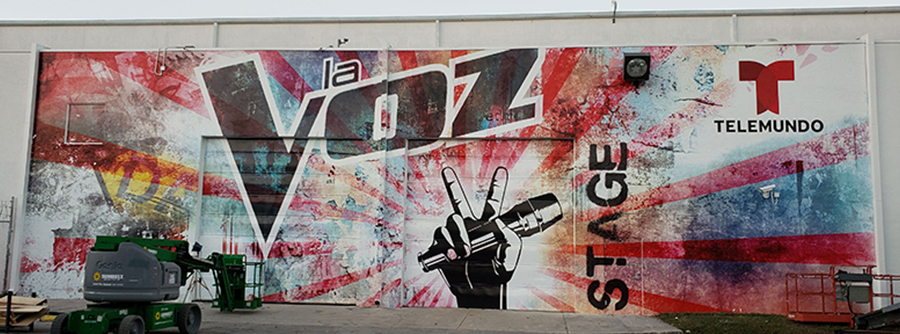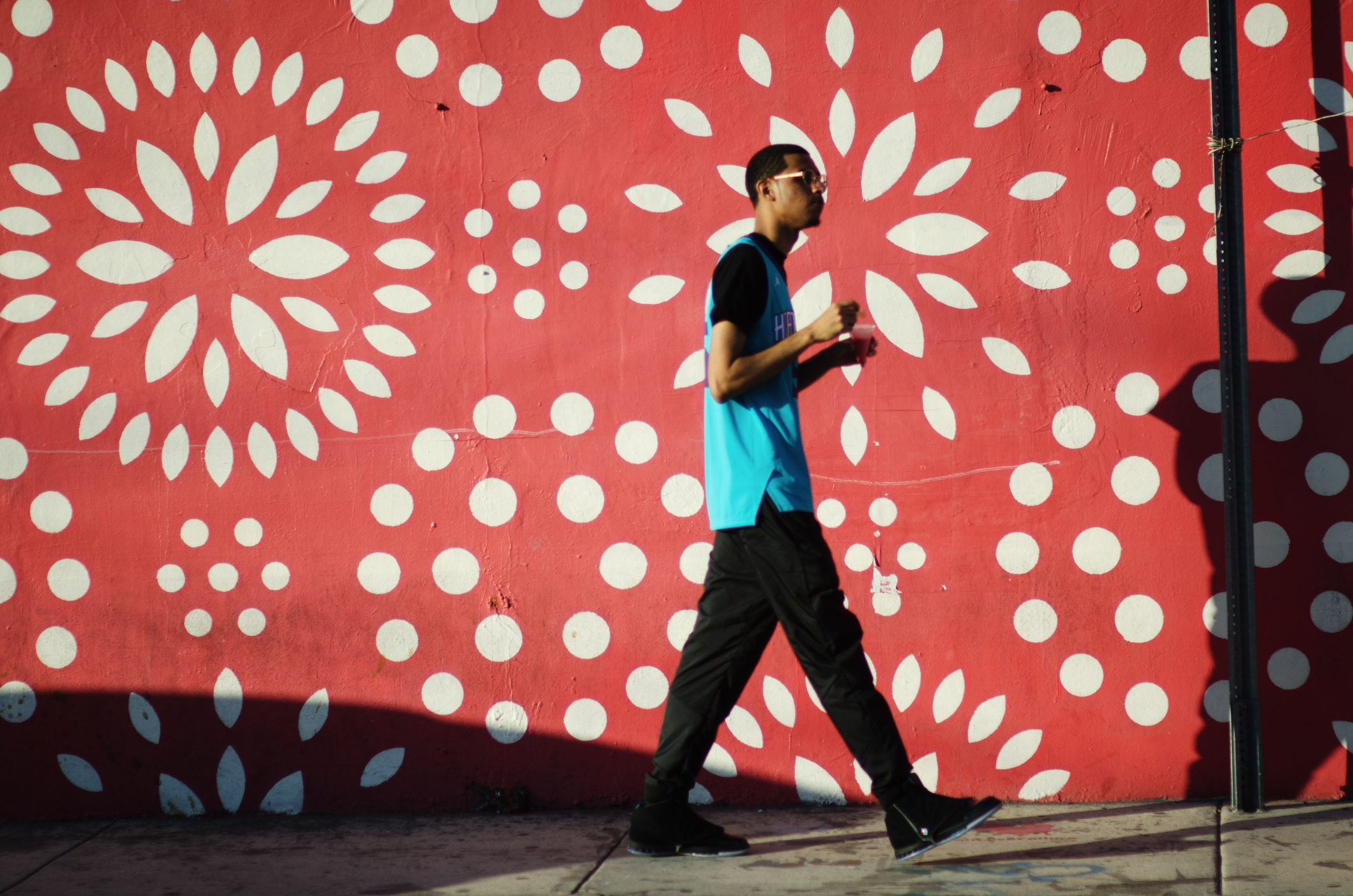Great printing is just the start. Proper binding and finishing of your projects give them the professional look and feel you desire. We offer almost endless options for finishing and binding your project. Consult the lists below to help you determine which of them will work for you, our experienced staff can help choose the best options for your particular project.
Our bindery options include:
Comb Binding – Plastic comb bindings hold adjoining pages more tightly in register with each other than spiral bindings. They come in several colors and allow screen printing on a document’s spine. They can bid pieces up to 3 inches thick. Comb bindings allow pages to lie flat when opened. However, they cannot be doubled back.
Coiling (plastic and wire) – A continuous, spring-shaped piece of plastic, this durable crush-resistant bind allows a bound book to lay flat, even back on itself for easy reading. Coil Binding is suited for Catalogs, Spiral Bound Booklets, Annual Reports, Notebooks, Booklets, Flip Books, and Manuals.
Case Binding – In case binding, most often used in book production, a minimum of 60 printed sheets are folded into 16 or 32 page signatures, which are collated and sewn by machine. Great for books.
Spiral Binding – Spiral bindings may be made of either plastic or wire and allow the printed document to lie flat and to double over, useful characteristics for documents such as technical manuals, notebooks, and calendars.Spiral binding allows play between pages. One cannot add pages to documents once they are spiral bound. They can bind books of up to 24″ in length.
Perfect Binding – Perfect binding is well suited for use with books, thick magazines, annual reports, technical manuals, and catalogs. From a minimum thickness of 1/8″, it works well with a wide range of document thickness’ and trim sizes.
Wire-O Binding – A Wire-O binding holds the covers and pages of a document firmly in place by a double-loop wire inserted through holes drilled in their left edges. All of the document’s pages lay flat when opened, can turn easily through 360°, and stay in perfect registration with adjoining pages.Often, they are used to bind reference books, reports, proposals, and calendars. They are durable, but do not permit printing on the document spine or the insertion of new pages.
Saddle Stitching – In saddle stitching – the way most booklets, magazines, catalogs, and calendars are bound – wire staples hold the piece together. A saddle-stitched printed piece lies almost flat when opened, a convenience for readers. Saddle stitching is a good choice for binding documents of up to 64-80 pages. Documents involving more pages, or thicker than 3/8″, demand some other type of binding.
Tape Binding – This process places a cloth strip of adhesive tape down the bind edge of the book and wraps around about half an inch onto the cover front and back. Tape binding is suited for Booklets and Training manuals.
In addition to our bindery options, we can also perform the following finishing services:
• Dye Cutting
• Embossing
• Round Cornering
• Folding
• Collating
• Stitching
• Shrink Wrapping
• Trimming
• Padding
• Cutting
• Hole Punching
• Perforating and scoring
• Numbering
• Tabbing for mailing
• Stapling large books
• Lamination
• Foam Core Mounting
Consider thickness, durability, and cost when you choose a binding type. Various characteristics of the paper need to be looked at. The weight and strength of a paper will affect how many times a sheet can fold. Very lightweight paper may need special equipment in order to fold and bind the sheets without damaging them. On the other hand to thick of paper can be cumbersome to fold. The paper’s grain direction also affects the finishing operations.
Email us any other questions you may have about Binding and Finishing and we would be happy to answer.

